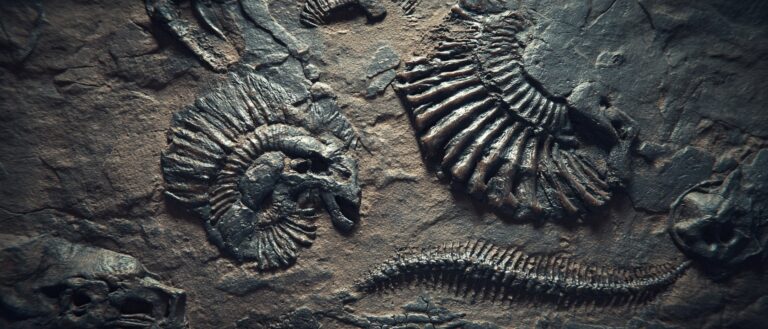Command Palette
Search for a command to run...
My country's First Unmanned AI Research Vessel Is Under Construction and Will Be Delivered in 2022
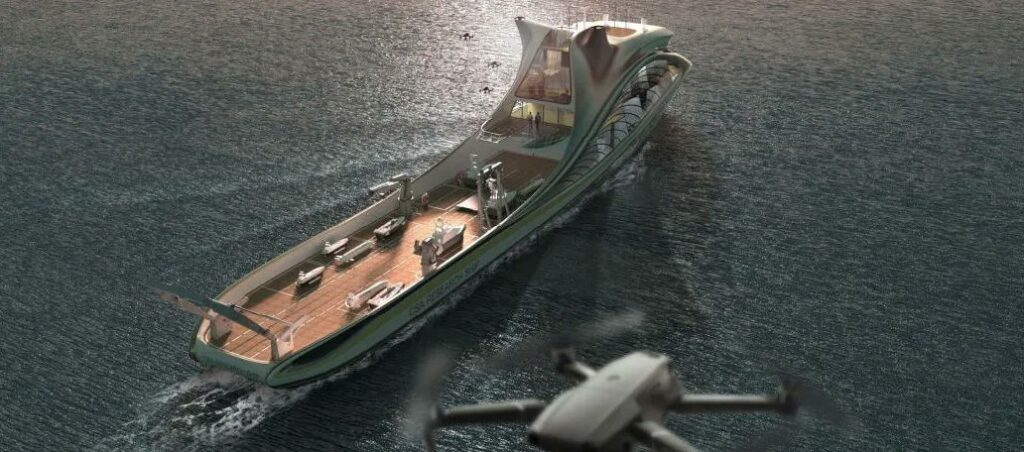
The vast ocean has rich biological and geological resources, but for humans, it has always been full of mystery. In recent years, with the help of technology, my country's marine scientific research has made great progress, and artificial intelligence has also joined this field. In the future, marine scientific research will be intelligent and unmanned.
The ocean covers 711% of the Earth's surface and is one of the main factors determining the Earth's daily climate changes. In addition, the various forms of large ocean currents have a significant impact on the distribution of marine life, navigation, etc.
Exploring the ocean is of vital importance to meteorology and hydrology, fisheries, shipping, military and energy fields.
Deep in the ocean, hidden unknown science and risks
From ancient times to the present, mankind has never stopped exploring the ocean. The establishment of the modern marine science system began in the early 20th century. Until the mid-20th century, marine research powers such as the United Kingdom, the United States, and Germany organized marine scientific expedition projects, built special research vessels, and designed and manufactured various observation and analysis instruments.
my country's marine scientific research began in the 1950s. Although it started late, it has a great tendency to catch up. The successive launch of a series of scientific research vessels such as "Dongfanghong", "Xiangyanghong" and "Kexue" has greatly improved the international status of my country's marine industry.
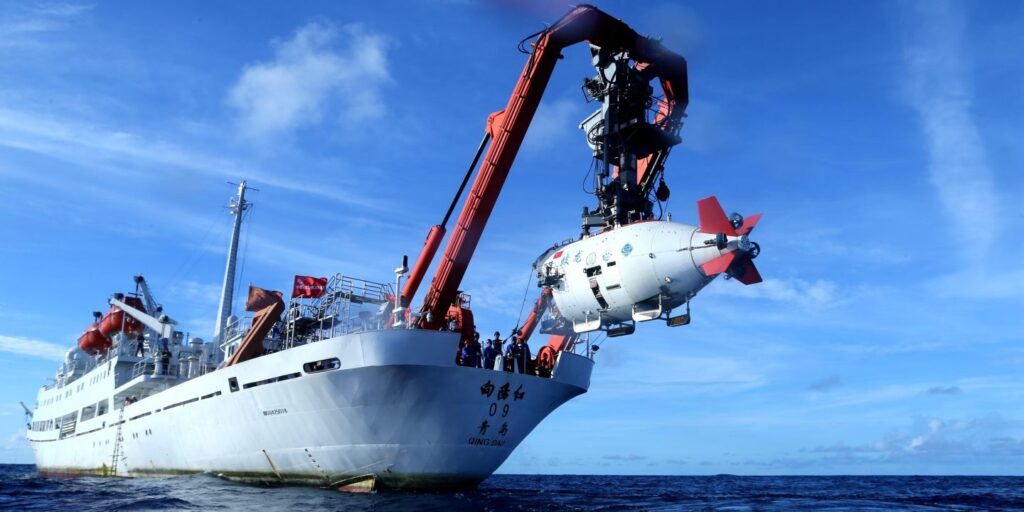
Marine scientific research may sound interesting, but it is actually an extremely hard job.
The hardships and risks, boredom and loneliness that scientific expedition team members face in their work are hard for ordinary people to imagine.They often go out to sea for months or even longer. Taking my country's Xiangyanghong series of scientific research vessels as an example, the scientific research missions carried out in recent years have lasted from 10 days to 230 days, with a cumulative voyage of tens of thousands of nautical miles.
On board, in addition to completing intense, high-risk scientific research tasks, the expedition team members also have to undertake operational work during the voyage, overcome physical discomfort, and endure psychological pressures such as boredom, loneliness, and homesickness.
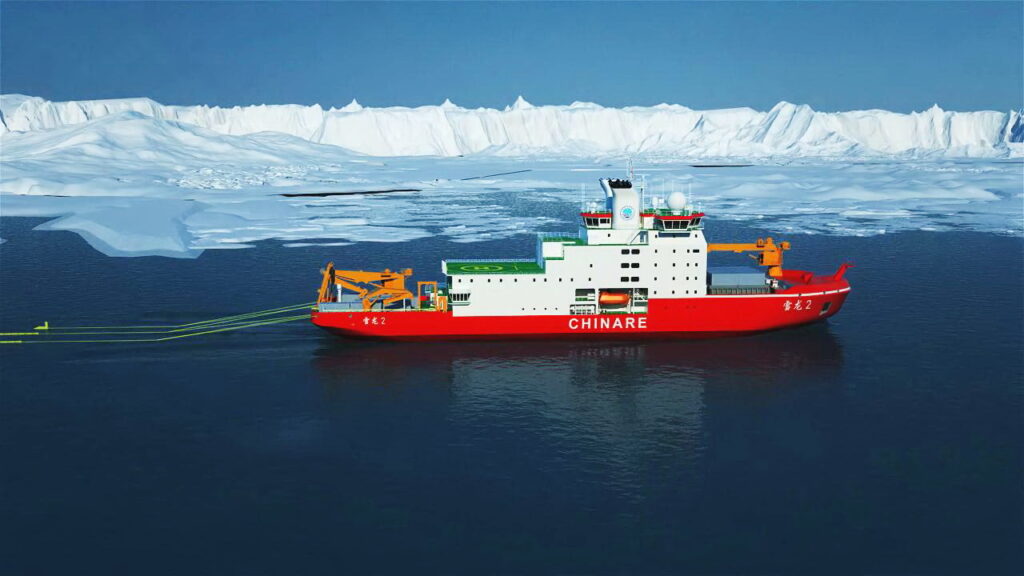
Far in the depths of the sea, without network signals, the crew members are often out of touch. The complex marine environment may also put their lives in danger at any time.
"Xiang Yang Hong 16" collision accident: On the morning of May 2, 1993, my country's marine research vessel "Xiangyanghong 16" collided with the Cyprus-registered cargo ship "Yinjiao" and sank while carrying out a survey of polymetallic nodule resources on the ocean floor. In the end, 107 of the 110 people on board were rescued and 3 died. This was the first major maritime accident in the history of my country's marine geological survey.
The accident of the shipwreck of the Institute of Oceanography No. 5: On October 10, 2015, the Taiwan Provincial Research Vessel "Institute of Oceanography No. 5" suffered a shipwreck off the coast of Penghu due to human error, killing 2 of the 45 people on board.
The loss of life and economic losses caused by these accidents are irreparable. While paying a heavy price, researchers are also working hard to improve technology and make scientific research equipment gradually intelligent and unmanned to avoid the recurrence of tragedy.
With the development of artificial intelligence technology, intelligent unmanned system mother ships are about to emerge, bringing new development directions for marine scientific research work.
The first unmanned intelligent research vessel makes scientific research efficient and safe
The unmanned scientific research vessel will be launched in 2022.
On December 18, the Southern Marine Laboratory, the China Ship Research and Design Center, and the China Shipbuilding Industry Corporation Huangpu Wenchong Shipbuilding Co., Ltd.The two sides jointly signed a contract for the design and construction of an intelligent unmanned system mothership, and will build China's first intelligent unmanned system mothership.The estimated design and construction period of the project is 18 to 20 months, and it is expected to be delivered and put into use in 2022.
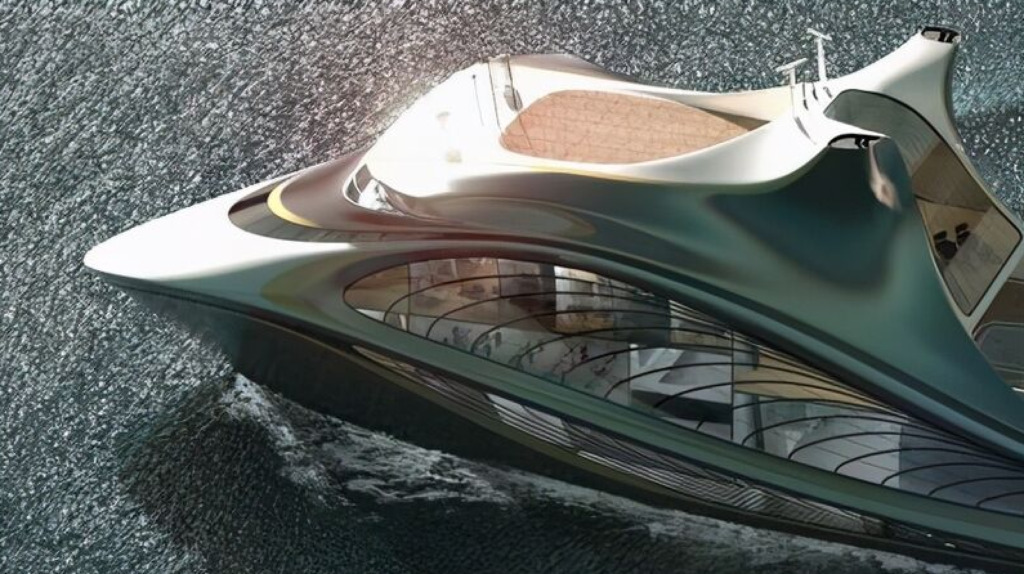
Note: Mother ship, translated from the English word mother ship, is a sea surface base in marine scientific research. It usually carries manned or unmanned deep-sea vehicles and landers to carry out scientific investigations and resource exploration.
This intelligent unmanned system mothership is full of futuristic sense and is the first of its kind in my country. Unmanned and intelligent technology enables it to independently complete ocean observation tasks without human participation, so it is possible to carry out scientific research tasks under harsh and dangerous extreme conditions.
As a revolutionary intelligent scientific research vessel, it has the following outstanding features.
Highlight 1: Intelligent remote control and autonomous navigation
It will be China's first scientific research vessel capable of intelligent remote control and autonomous navigation.It is the first application of cross-domain collaborative control technology for air, sea and submarine unmanned systems, which will enable collaborative operations between unmanned systems such as drones, unmanned boats and unmanned submarines.

The mother ship can deploy air, sea and submarine unmanned systems in batches in the target sea area, thus realizing three-dimensional and dynamic observation of specific targets. In addition, with the support of the intelligent mother ship, the unmanned system as a whole has the ability to quickly transfer and operate in clusters.Capable of responding to observation tasks quickly and with high quality.
Highlight 2: Equipped with intelligent observation system, efficiency is greatly improved
It is reported that the mother ship used "Intelligent Rapid Mobile Ocean Stereoscopic Observation System (IMOSOS)"The project was officially launched in 2019.
According to experts, using the IMOSOS system,Ships can acquire and evaluate marine environmental information at different spatial scales in real time, and predict the spatiotemporal changes of marine resources, environment and climate.Research and innovate the mechanisms of multi-scale changes in the ocean and its climate resource effects.
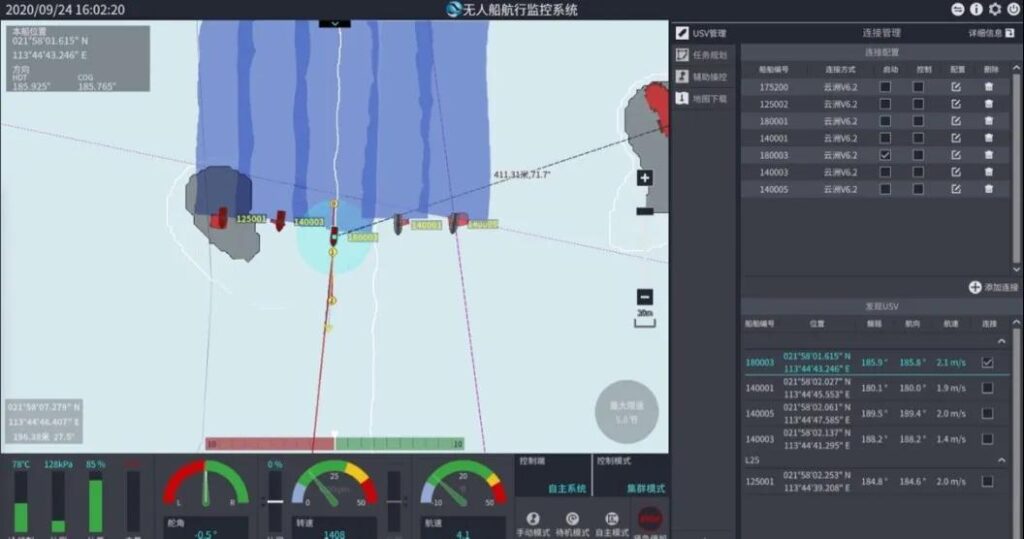
In addition, the system can also provide efficient tools for marine disaster prevention and mitigation, detailed seabed mapping, marine environment monitoring, and offshore wind farm maintenance.
Previously, after system demonstration and verification,After being equipped with this system, unmanned boats can realize cluster operations, which increases the operating efficiency by 10 times compared with single operating ships and greatly shortens the operating window period.
The introduction of artificial intelligence technology has freed research vessels from restrictions such as manned ships and dangerous environments, greatly reducing the difficulty and cost of marine research.The scientific research capacity and scope have also been improved.This is a breakthrough for traditional ocean survey methods.
It is conceivable that in the future, unmanned scientific research vessels will be able to go deep into the center of the ocean alone, cope with complex marine environments, complete survey missions, and bring back valuable survey data for us.








